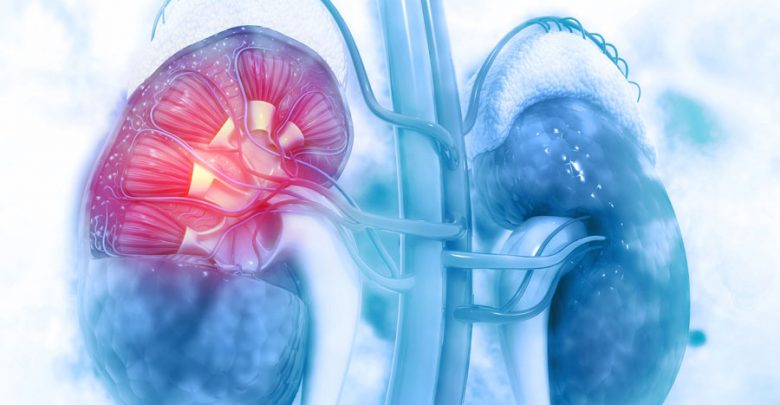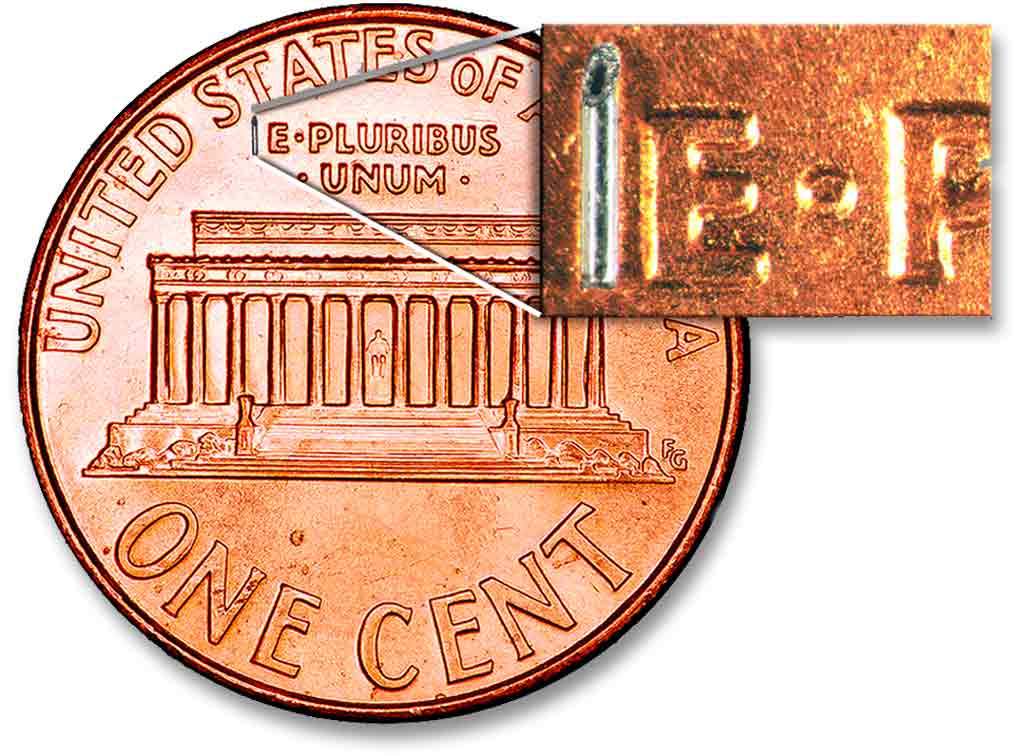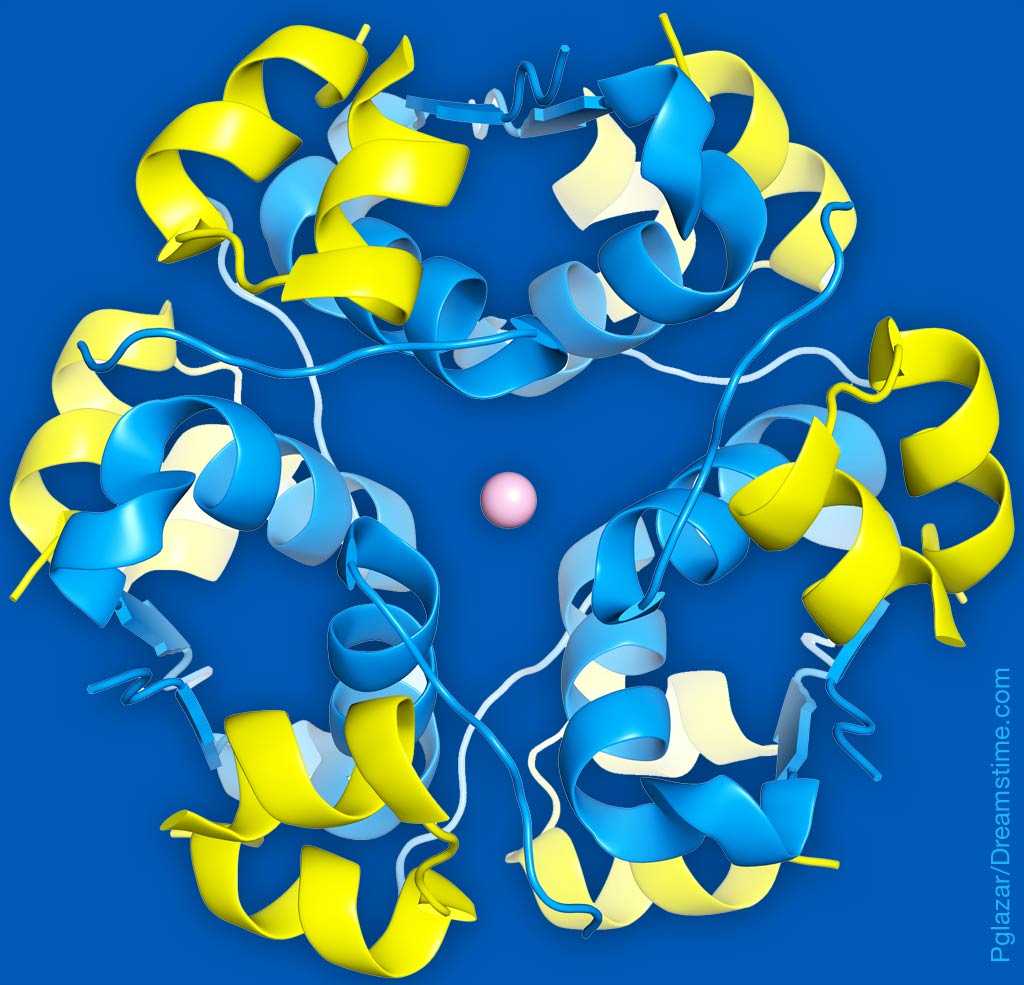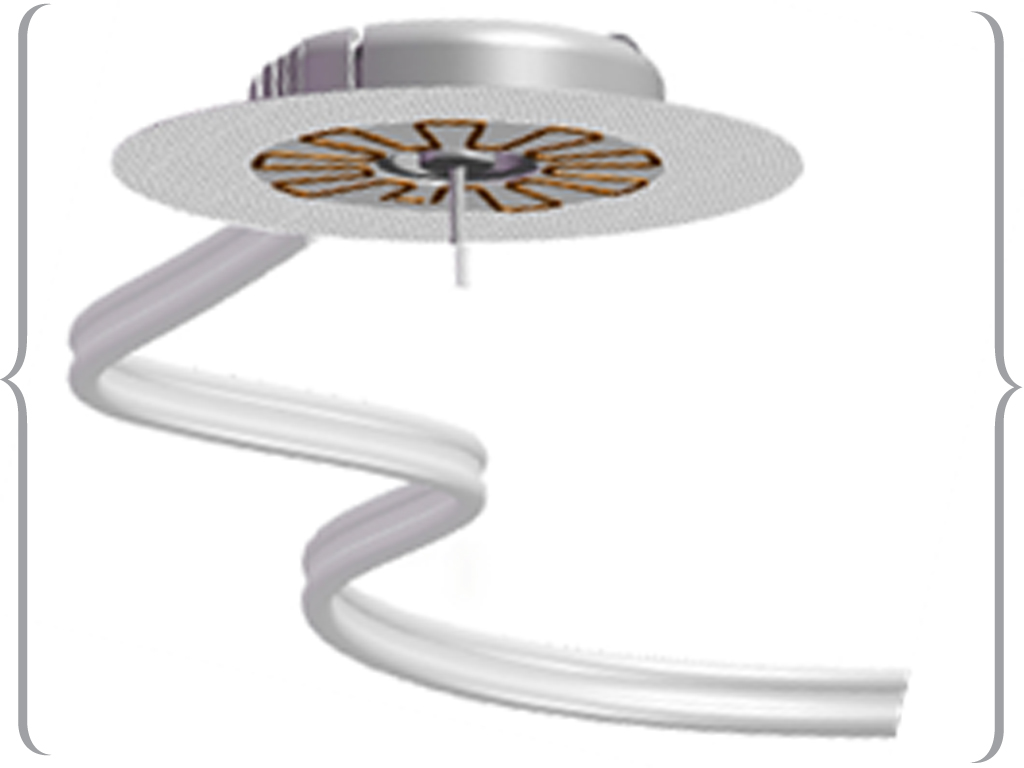SGLT2 inhibitors are Promising Medications for T1D but Vigilance Required
Glucose-dependent mechanism of action moderates highs without increasing lows but can mask DKA

This article was written with a lot of help from Brad, a clinical pharmacist and pharmacotherapy specialist working in a hospital with a practice focus on diabetes. Brad is also a T1Dad to an amazing 3rd grader.
Why Understanding SGLT2 inhibitors is important
Sodium-glucose co-transporter 2 (SGLT2) inhibitors, also called gliflozin drugs, are a relatively new class of diabetes medications. They have a unique way of lowering blood sugar by helping glucose leave the body through the urine.
The FDA has already approved canagliflozin (Invokana) dapagliflozin (Farxiga in the US and Forxiga in EU), empagliflozin (Jardiance), and ertugliflozin (Steglatro) for the treatment of type 2 diabetes. SGLT2 inhibitors are experimental in T1D and are not yet recommended. Some physicians and patients may choose to use these medications off label in T1D.
Developed by Sanofi and Lexicon Pharmaceuticals, Inc., sotagliflozin has the potential to be the first oral antidiabetic drug approved in the United States together with insulin therapy to improve glycemic control in adults with T1D. Sotagliflozin is an investigational oral dual SGLT1 and SGLT2 inhibitor for use as an adjunct to insulin for the treatment of adults with T1D.
On May 22, 2018, Sanofi announced that the New Drug Application for sotagliflozin was accepted by the FDA, with a target FDA action date of March 22, 2019. On January 18, 2019, the FDA’s Endocrinologic and Metabolic Drugs Advisory Committee split 8-8 on recommending sotagliflozin (Zynquista) for approval as an adjunct to insulin for adults with type 1 diabetes (T1D). The committee was concerned with the association of SGLT2 inhibitors to increased risk of diabetic ketoacidosis (DKA).
In response to the committee’s DKA concern, Sanofi and Lexicon stated that the DKA rates observed in the sotagliflozin clinical program were consistent with the rates observed with selective SGLT2 inhibitors, and in the sotagliflozin program, all cases of DKA were managed and resolved.
Some early studies show promise in reducing A1C, reducing body weight, and improving blood pressure for people with T1D. See Race to introduce a T1D drug that inhibits glucose absorption. However, recent literature also highlights the need for caution due to the incidence of DKA. See section at end of the article ‘Increased DKA Common in Recent Studies’.
How SGLT2 Drugs Work
Kidneys remove waste products from the body by filtering blood into about one million tiny tubes called tubules. Once in the tubules, this filtered blood is sometimes referred to as pre-urine. The kidney selectively reabsorbs desirable substances back into the blood, leaving behind any waste products in the tubules. These tiny tubes all converge their waste into a larger tube as it exits the kidney and travels to the bladder. Glucose is one of the desirable substances that would normally be reabsorbed back into the blood via a transporter named SGLT2 before leaving the kidney.
SGLT2 inhibitor drugs block this glucose reabsorption process.
The result is lower blood glucose and high urine glucose. One special property of these reabsorbing channels is that they are ‘low-affinity transporters’. Thus, the amount of glucose left in the urinary tract is proportional to the amount of glucose already in your blood. If your BG is high then a larger amount of glucose leaves your body in your urine and your blood glucose levels will moderate quickly. If your blood glucose is normal, the medication will not usually cause it to go lower.
This dynamic regulation of the amount of glucose in your blood has the effect of moderating highs without increasing lows.
Potential Dangers
DKA
All people with T1D need to inject (or inhale) insulin in order for glucose to enter their cells. Ketosis results when cells lack access to sufficient insulin and therefore can’t take in glucose. The glucose-starved cell shifts to using fatty acids for energy instead. Ketones are a byproduct of this fatty acid metabolism, causing ketosis.
The issue with SGLT2 inhibiting drugs is that some patients may start to gradually underdose their insulin. The dynamic control of BG levels by these drugs can keep your BG levels in a great range even when you don’t have enough insulin. This causes some to think they need less and less insulin. If you reduce your insulin doses too much, ketosis occurs. Once ketosis is present, DKA can rapidly develop from something as simple as becoming dehydrated. Worse still, since your blood glucose can be in a normal range, your medical team may not immediately recognize that you’re in DKA.
Here is an example of what can happen when hospitalized with DKA while taking an SGLT2:
A diabetic patient comes into the emergency department vomiting, dehydrated, and feeling horrible. Their BG is in the low 100s. They have ketones in their blood and acidosis. No one connects that they need insulin and simply associate the ketosis with “starvation.” The patient is given fluids for their acidosis and dehydration. It takes days of persisting ketosis and acidosis in the hospital before the team is able to recognize that the SGLT2 inhibiting drugs are masking DKA. The SGLT2 inhibiting drug is discontinued, insulin is administered, and in a few days, the patient recovers.
Infections
Urinary tract and genital infections – Microorganisms love glucose; it’s great food. SGLT2 blocking therapy results in much higher and sustained glucose in your urine. Not everyone will experience an infection but those who are prone to them should be aware of the risk.
Other Risks
Kidney injury has been reported but the data is conflicting. Some people have also experienced low blood pressure, increased LDL, bone fractures, and other less frequent adverse events.
Benefits of SGLT2 Inhibitor Drugs for T1D People
You may:
- Require less insulin to fix unexpected highs and post-meal spikes.
- Have better control of highs with less insulin, fewer overcorrection lows, improved A1C / time-in-range, and less glucose variability.
- Lose a modest amount of weight.
- Experience some improvement in your blood pressure.
T1D Invokana Experience
Positive
Darci was diagnosed at age 10 and has been T1D for 38 years.
“In my early 40s, I was having insulin resistance, unexpected highs, and could not get my BG down despite eating only vegetables and meat. I think these issues were largely hormone related. My doctor learned of Invokana from his nephew in the UK who was using it. He suggested Invokana to me because I was out of control and frustrated.
“I have been using Invokana for about 5 years. I take a half dose — 150mg (½ of a 300mg tablet).
“To avoid dehydration, I drink plenty of water and watch my carbs. I have had no real side effects except some modest increase in yeast infections.
“My average insulin dose before my early 40s was 30 to 35 units/day. This climbed to nearly 60 units/day. Since I went on Invokana my average is about 40 units/day.
“I have stopped using Invokana twice and my insulin use climbed each time from 40 units/day to 60 units/day.
“With Invokana my A1C declined from high 8’s to high 7’s — better but still high. I have had an insulin pump for 21 years but I got the Medtronic 670G Auto Pump 12-months ago and my A1C has declined from 7.8 to 5.2.
“I have fewer lows now.
Negative
Hannah was diagnosed at age 12 and has been T1D for 23 years.
“I know every diabetic is different, but I had a very bad experience with Invokana. I took it for only three days and wound up in the ICU with DKA. I am disappointed because it worked great at keeping my sugars in range, and felt less aggressive than insulin, so I wasn’t as worried about lows.
“I did everything “right” while taking it. Tested for ketones, stayed hydrated, etc. I wasn’t experiencing any other illness that could have led to DKA, and while my insulin requirements were reduced, it was by about 20%, so I was still taking sufficient insulin.
“The drug caused me to lose weight rapidly (about 1.5 pounds a day, which is a lot for anybody, but especially for someone who’s not very big to begin with), even before the DKA, so this might be a part of the cause.
“But the DKA itself came on in the span of just a few hours — the fastest and most extreme onset I’ve ever experienced. Before I went to bed I had trace ketones and woke up 4 hours later in full blown DKA with the highest ketones, vomiting, and trouble breathing.
‘Fortunately, my doctor had warned me of potential DKA and I was able to inform the ER staff that, despite my BG of 95, I was in DKA and suspected the drug.”
“I actually just followed up with my diabetes educator and we think the normal starting dose may have been too high for me. We’re even talking of trying again at a tiny dose — people often start at 300mg (which was my starting dose), and we’re thinking of doing 50mg. But we want to make sure everything is stable and really consider it for a while before we try. It really is all about risk v. benefit with these things.
How to Avoid DKA while taking SGLT2 inhibitors
Stay Hydrated
Dehydration is one of the most significant factors in the development of DKA. Even when in ketosis, acidosis may be prevented by good hydration.
Use the Lowest Effective Dose
Using the lowest effective dose of SGLT2 inhibitors can be useful in preventing your insulin dose from decreasing to an unsafe point.
Monitor Basal Insulin Dosing
Make sure your basal insulin doses (long-acting or pump rates) are “dialed in” before starting an SGLT2 inhibitor. Make sure you’re not over-basaling to the point that significant hypoglycemia occurs when you’re fasting for an extended time. Once dialed in, choose an acceptable basal insulin dose reduction limit with the help of your endocrinologist. For example, “I will not let my basal doses decrease more than 20% with the addition of this medication.” If you have had to reduce your basal insulin dose to your maximum acceptable amount, talk to your endocrinologist about decreasing or stopping the SGLT2 inhibitor.
Take Drug Holidays
When you’re ill, dehydrated, hospitalized, having surgery, etc. Have a plan for taking a break from your SGLT2 inhibitor. It’s best to stop the medication any time you are at increased risk for DKA or receiving less insulin than normal.
Test for Ketones
It’s a good idea to check urine or blood ketones any time you’re in doubt about receiving enough insulin, feeling ill, feeling dehydrated, etc. If you test positive for ketones, get in touch with your endocrine team to address the issue right away.
Questions and Answers
How do SGLT2 Inhibitors work for someone on a Low/No Carb Diet?
Low/no carb diets are a bit controversial in T1D. Some people with T1D have great results with these diets but still bolus insulin for protein and take their basal insulin. For people who are insulin dependent on a very low carb diet, the emphasis is on preventing starvation ketosis by eating some carbs while also ensuring that you are getting enough insulin to prevent DKA. This can also be true for persons with T2D that require insulin injections.
- For people with T1D and advanced T2D, a moderate carb restricted diet may be okay while on an SGLT2 inhibitor. However, it would stand to reason that a very low carb diet could be dangerous. Also, most people on very low carb diets achieve great numbers with insulin alone. They probably don’t need SGLT2 inhibitors.
- For most people with T2D, it probably isn’t as big of a deal to practice carb restriction while on an SGLT2 inhibitor. This is because most people with T2D make enough insulin on their own until the later stages of the disease.
Starvation-induced (low/no carb) ketosis and insulin deficiency induced ketosis are two different phenomena that have something in common…less glucose entering cells. They can happen independently or together.
The SGLT2 inhibitors reduce blood glucose but not to the degree that it would cause ketosis in someone with sufficient insulin secretion (or injection). The main reason SGLT2 inhibitors are thought to induce ketosis is due to lowered insulin secretion or lowering insulin doses. It’s possible that there are other yet-to-be-discovered complexities at work but this is the current understanding.
Starvation-induced (low/no carb induced) ketosis and insulin deficiency induced ketosis are certainly more dangerous when combined together but there is no evidence that this is what is causing DKA in those taking SGLT2 inhibitors, especially not in the study patients. The studies do not report any global difference in carb intake between the SGLT2 inhibitor group and control groups.
Is checking ketones really necessary if you eat normally and do NOT engage in low carb meals?
YES! We always recommend that you check ketones if you are sick or dehydrated and on an SGLT2 inhibitor medication. This is one of the more important points made in this article. Checking ketones gives you an early heads up that DKA could be brewing.
Even if you eat enough carbs and don’t have hyperglycemia, you may still be underdosing insulin. This is because the SGLT2 inhibitor drug may have fixed your high BG without requiring more insulin and thereby tricked you into thinking you didn’t need as much insulin. As is true in all persons with T1D, not taking enough insulin can lead to DKA.
Increased DKA Common in Recent Studies
Efficacy and Safety of Canagliflozin, a Sodium Glucose Cotransporter 2 Inhibitor, as Add-On to Insulin in Patients With Type 1 Diabetes
Diabetes Care 2015 Oct; dc151730. Source
Summary: Canagliflozin provided reductions in HbA1c, body weight, and insulin dose with no increase in hypoglycemia, but increased rates of ketone-related AEs, including DKA, in adults with type 1 diabetes inadequately controlled with insulin.
Effects of Sotagliflozin Added to Insulin in Patients with Type 1 Diabetes
N Engl J Med December 14, 2017; 377:2337-2348 Source
Summary: Among patients with type 1 diabetes who were receiving insulin, the proportion of patients who achieved a glycated hemoglobin level lower than 7.0% with no severe hypoglycemia or diabetic ketoacidosis was larger in the group that received sotagliflozin than in the placebo group. However, the rate of diabetic ketoacidosis was higher in the sotagliflozin group. (Funded by Lexicon Pharmaceuticals; inTandem3 ClinicalTrials.gov number, NCT02531035.)
Sotagliflozin in Combination With Optimized Insulin Therapy in Adults With Type 1 Diabetes: The North American inTandem1 Study
Diabetes Care 2018 Sep; 41(9): 1970-1980 (Source)
Summary: In a 1-year T1D study, sotagliflozin combined with optimized insulin therapy was associated with sustained HbA1c reduction, weight loss, lower insulin dose, fewer episodes of severe hypoglycemia, improved patient-reported outcomes, and more DKA relative to placebo (ClinicalTrials.gov, NCT02384941).
HbA1c and Hypoglycemia Reductions at 24 and 52 Weeks With Sotagliflozin in Combination With Insulin in Adults With Type 1 Diabetes: The European inTandem2 Study
Diabetes Care 2018 Sep; 41(9): 1981-1990. Source
Summary: In a 1-year study, sotagliflozin was associated with statistically significant HbA1c reductions. More episodes of DKA and fewer episodes of documented and severe hypoglycemia were observed in patients using sotagliflozin relative to those receiving placebo (ClinicalTrials.gov, NCT02421510).
Efficacy and Safety of Dapagliflozin in Patients With Inadequately Controlled Type 1 Diabetes: The DEPICT-1 52-Week Study
Diabetes Care 2018 Dec; 41(12): 2552-2559. Source
Summary: Over 52 weeks, dapagliflozin led to improvements in glycemic control and weight loss in patients with type 1 diabetes, while increasing the risk of DKA.
Efficacy and Safety of Dapagliflozin in Patients With Inadequately Controlled Type 1 Diabetes (the DEPICT-2 Study): 24-Week Results From a Randomized Controlled Trial
Diabetes Care 2018 Sep; 41(9): 1938-1946. Source
Summary: Dapagliflozin as adjunct therapy to adjustable insulin in patients with type 1 diabetes was well tolerated and improved glycemic control with no increase in hypoglycemia versus placebo but with more DKA events.







